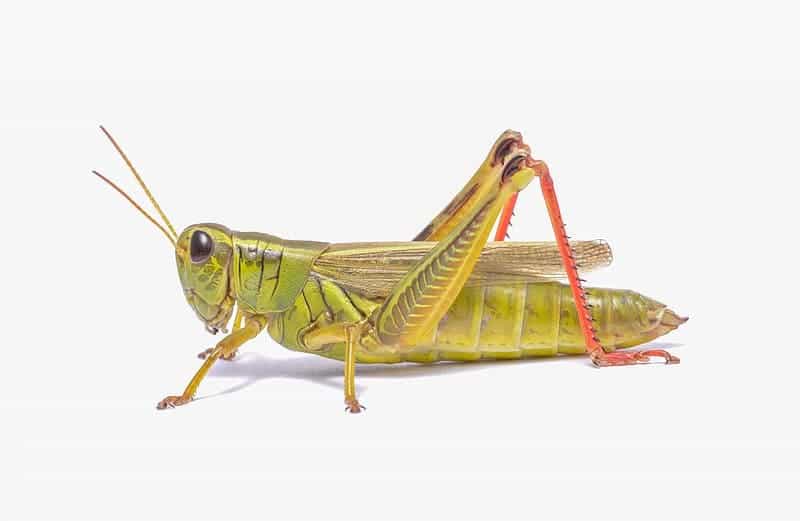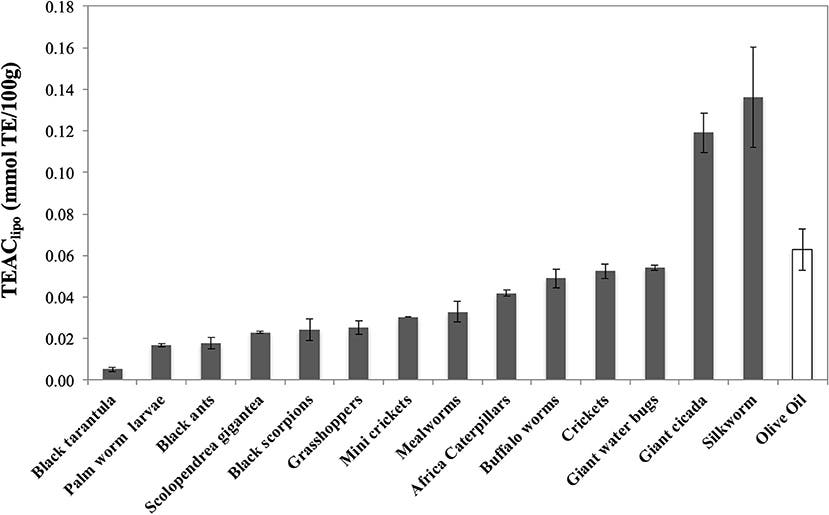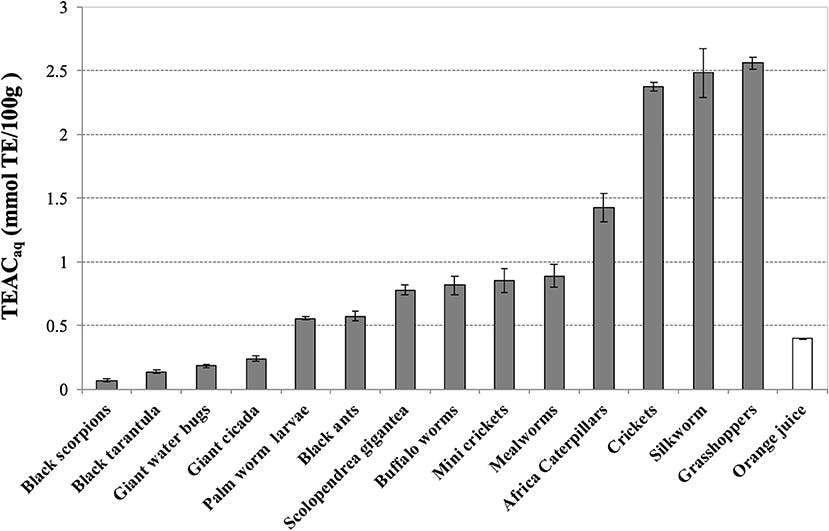Insect-based dinner might not sound very enticing but new research shows it’s definitely packed full of antioxidants.

Image credits Will Brown / Flickr.
A new study reports that edible insects and other creepy crawlies are comparable foods such as olive oil and orange juice in antioxidant content. The findings come as an effort to further entice people to consider insects as part of their diet, a move that would have huge implications for the sustainability and environmental footprint of agriculture worldwide.
Young grasshopper — sautéd
At least 2 billion people — a quarter of the world’s population — regularly eat insects,” says Prof. Mauro Serafini, lead author of the study published in Frontiers in Nutrition. “The rest of us will need a bit more encouragement.”
“Edible insects are an excellent source of protein, polyunsaturated fatty acids, minerals, vitamins and fiber. But until now, nobody had compared them with classical functional foods such as olive oil or orange juice in terms of antioxidant activity.”
The fact of the matter is that what most of us put on the table, combined with how many people Earth houses currently, simply doesn’t make for a sustainable future. Insects can help us address this issue; they have a much more modest environmental footprint than livestock, and are a great source of nutrients. However, most people are quite reluctant to come anywhere near these animals, let alone put them in their mouth.
Those who do, however, will likely see the benefits, the new paper reports. According to the analysis, crickets pack 75% the antioxidant power of fresh OJ, and silkworm fat twice that of olive oil. The team hopes that the findings will provide the nudge many people need to consider including these insects into their diets. That taste and presentation are key elements of food, they write, but hope that the ‘selfish and immediate incentives’ provided by the insects’ antioxidant properties will be enough to convince some consumers.
“Consumption of foods rich in antioxidants, such as fruit and vegetables, play an important role in the prevention of oxidative stress-related diseases such as cardiovascular disease, diabetes and cancer,” the study explains.
Antioxidants are substances that bind free-radicals, uncharged molecules which are typically highly reactive and short-lived that damage cells and tissues. The team tested a range of commercially-available insects and invertebrates for their antioxidant activity. The inedible parts of these animals (such as wings or stingers) were removed, after which the insects were ground up.
Two parts were extracted from each species: a fat- and a water-soluble fraction. Each extract was then tested for antioxidant content and activity. Water-soluble extracts of grasshoppers, silkworms, and crickets have “antioxidant capacity 5-fold higher than fresh orange juice,” the authors report. The fat-soluble fractions of evening cicadas and silkworms showed twice the antioxidant activity of olive oil. “For perspective, using the same setup we tested the antioxidant capacity of fresh orange juice and olive oil — functional foods that are known to exert antioxidant effects in humans,” adds Serafini.

Image credits Selena Ahmed et al., (2019), Frontiers.

Image credits Selena Ahmed et al., (2019), Frontiers.
However, these values are representative for the dry, isolated extracts, which aren’t something you’d want to eat. The water content of the insects was within 2-7% while orange juice is 88% water; most foods fall somewhere in between the two. A glass of 88% water, 12% grasshopper or silkworm extract would have around three-quarters of the antioxidative effect of a glass of OJ.
Another interesting finding is that the insects showed a lower total content of polyphenols (a major source of plant-derived antioxidant activity) across the board compared to orange juice. However, this compound alone couldn’t account for the full antioxidant capacity seen in the study — suggesting that insects also contain a yet-unknown substance with antioxidant capacity.
“The in vivo efficiency [i.e. in humans] of antioxidant-rich food is highly dependent on bioavailability and the presence of an ongoing oxidative stress. So as well as identifying other antioxidant compounds in insects, we need tailored intervention studies to clarify their antioxidant effects in humans,” Serafini says.
“In the future, we might also adapt dietary regimens for insect rearing in order to increase their antioxidant content for animal or human consumption.”
The paper “Antioxidant Activities in vitro of Water and Liposoluble Extracts Obtained by Different Species of Edible Insects and Invertebrates” has been published in the journal Frontiers in Nutrition.






